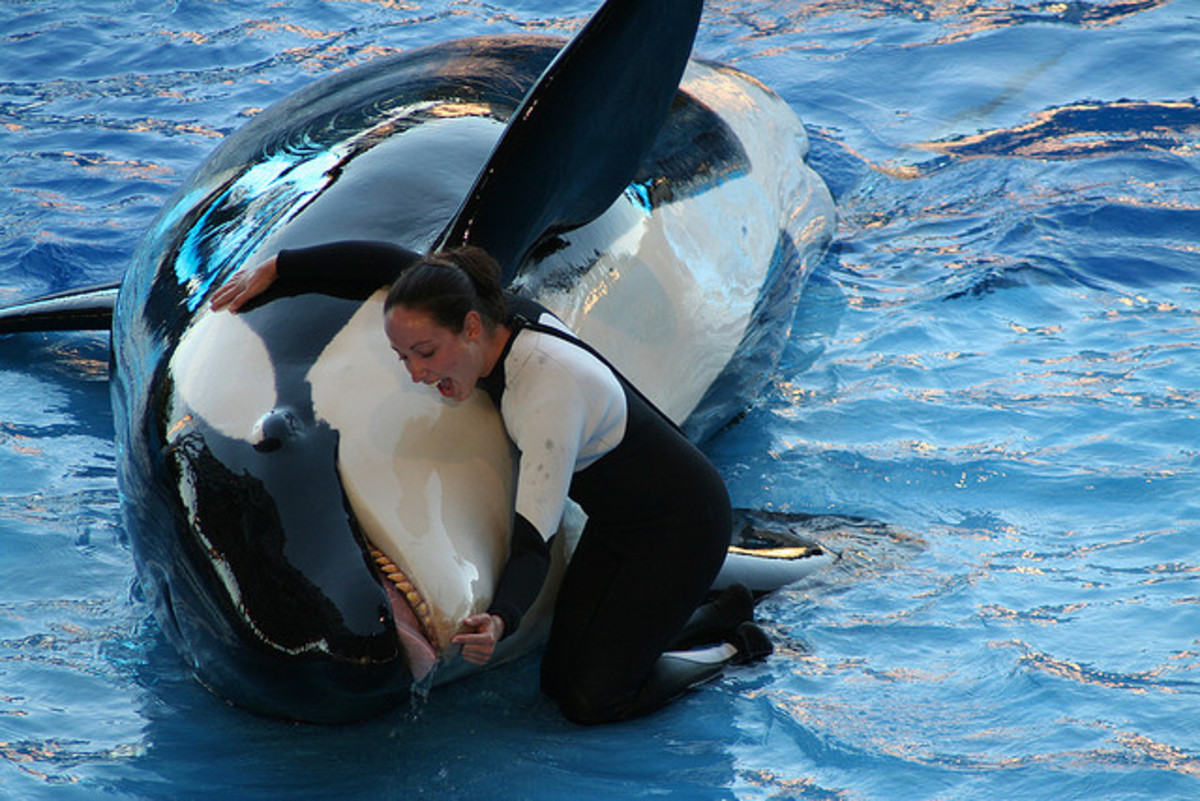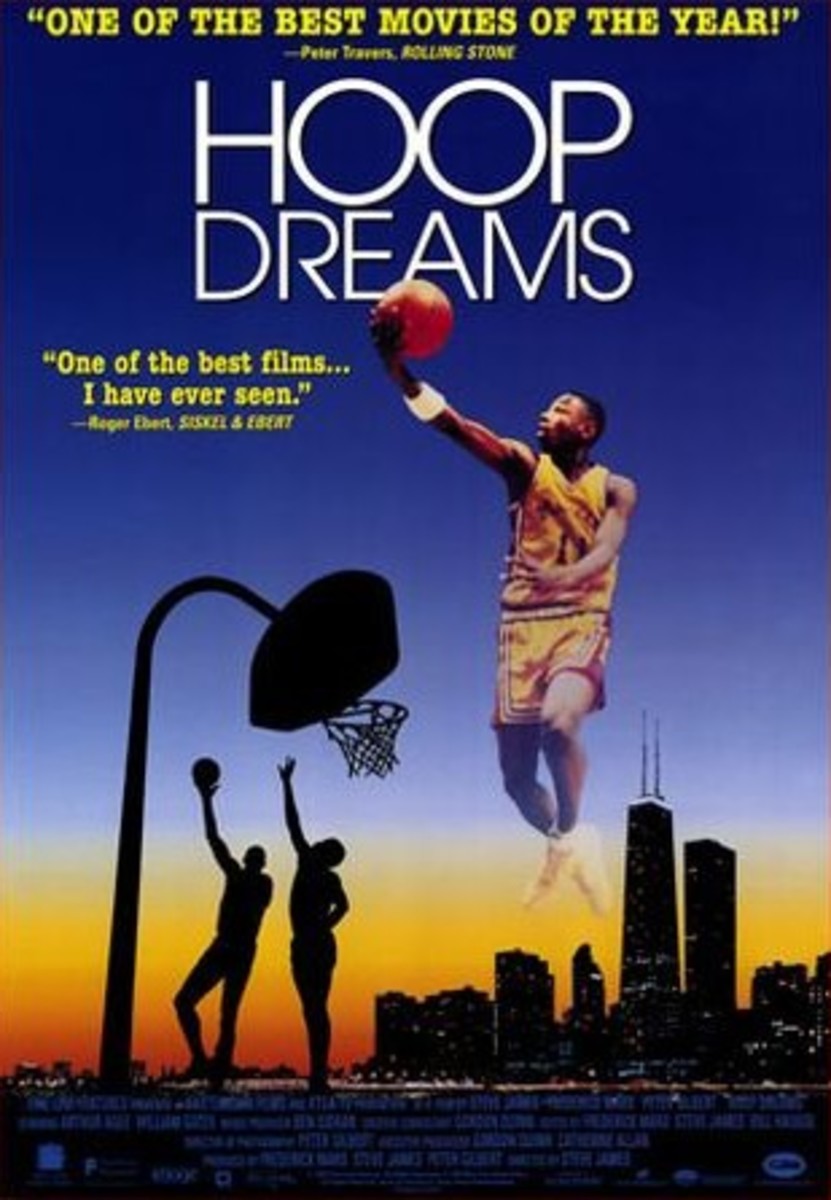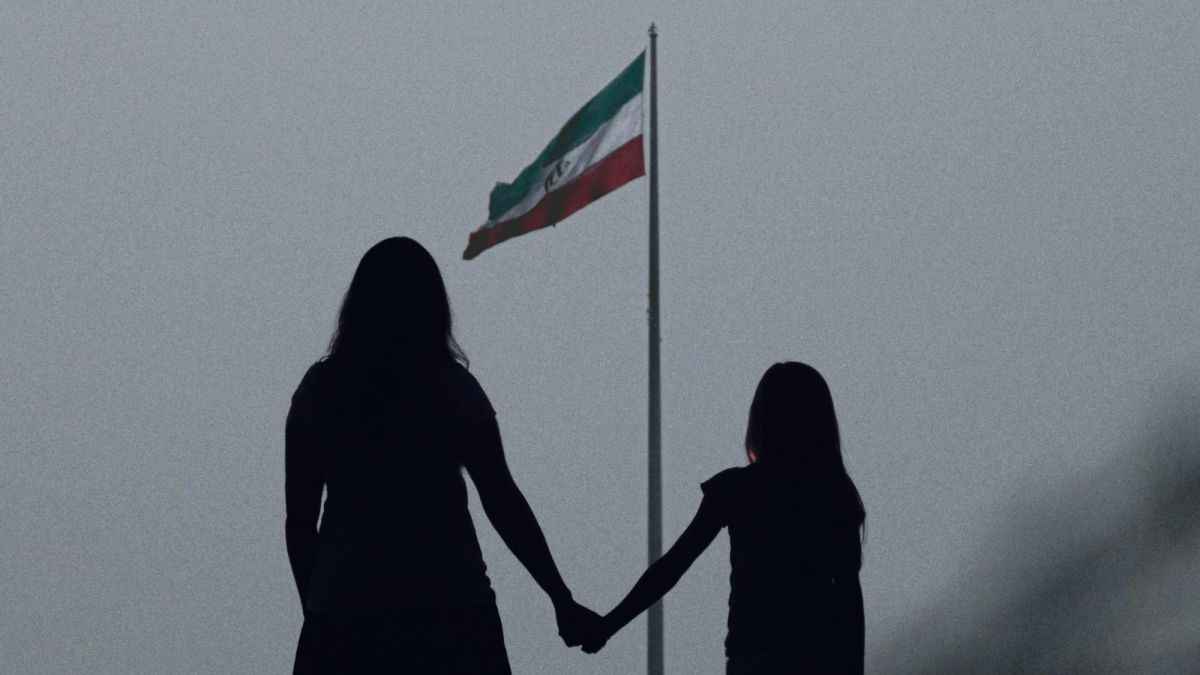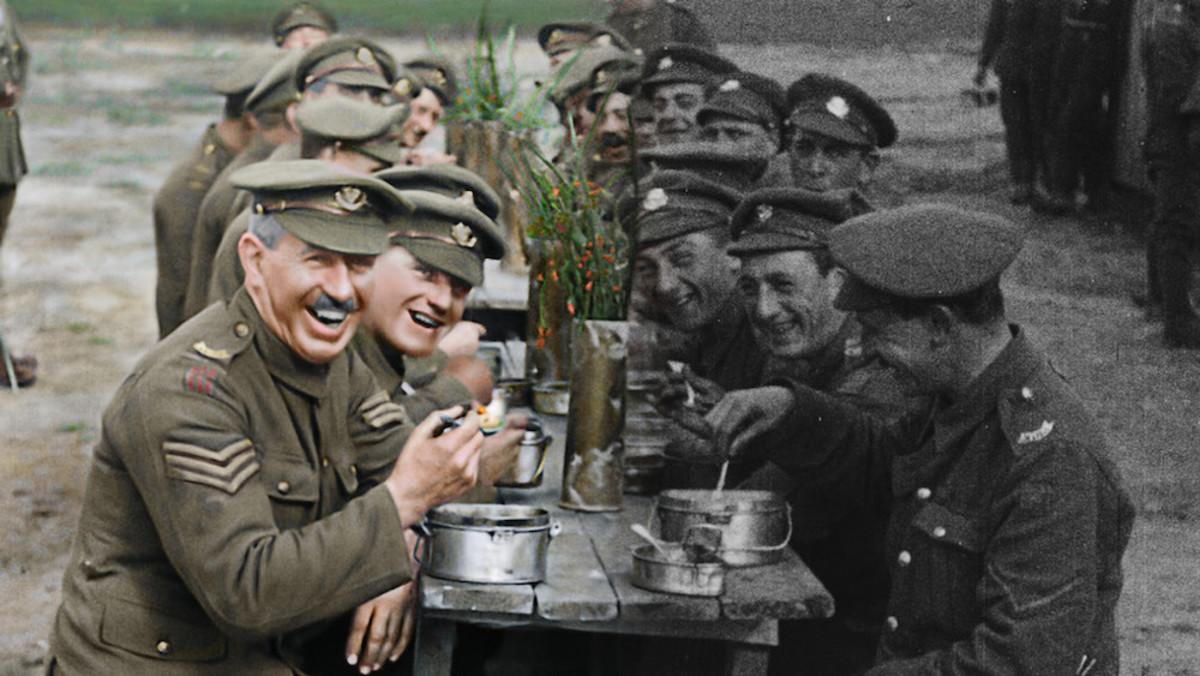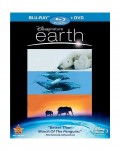Documentary Showdown: Appalachia vs. Man on Wire
A Look at 'Appalachia' and 'Man on Wire' and What they Mean to the Documentary Genre
While documentaries are grouped into a single genre, differences between individual films frequently place them worlds apart. While some are used as political vehicles, designed to inform and sway audiences in favor of a certain cause, others exist to entertain and enchant. The 2009 PBS documentary Appalachia, which highlights the majestic American mountain range, is an example in the former category. Appalachia utilizes stylistic tools in hopes of instilling a sense of awe in viewers' hearts- and inspiring them to protect the ecologically and culturally rich region. In contrast, Man on Wire, the 2008 documentary on the extraordinary life of Philippe Petit, seeks only to entrance audiences with a fantastical fairytale. Each film dominates a different domain- Appalachia's primary release on PBS only further cements its informative, activist purpose, while Man on Wire's release in theaters is in keeping with its entertaining nature. A more detailed exploration of each film's use of narrative structure, storytelling, pacing, sound, images, and effects will reveal how they utilized these aspects to reach their different overarching goals.
A Scene from Man on Wire
A Mountain Montage from Appalachia
An Excerpt from Appalachia
Different Purposes, Different Methods
From its opening, it is clear that Man in Wire is designed to entertain. Much like a mainstream, non documentary film, Man on Wire opens with a mysterious, suspenseful scene. As one Sundance interviewer comments, "You tell it like a heist movie!" (Sundance '08 Interview: Man on Wire). The film unfolds in a nonlinear fashion- the overarching story of Philippe Petit's life is interwoven with reenactments of the day he crossed on a wire between the two towers of New York City's World Trade Center. The structure is designed to create suspense- the audience wants to know what happens, and as they learn more background, anticipation builds and the death-defying feat becomes all the more awe-inspiring.
Appalachia takes a more didactic and linear approach to its narrative structure. Broken into four sections on the region's geologic history, early human inhabitants, industrialization, and entry into the modern age, the documentary seeks to give viewers a deep understanding of everything encompassing these ancient mountains. Appalachia's creators utilized this structure in order to showcase the dominant human ecology taking place during different stages of the mountains' existence. Their intention was to contrast past human interaction with the area with present behavior- and hopefully to convince viewers to change current human treatment of the region (Interview with Appalachia Filmmakers).
To augment its entertaining and suspenseful aspects, Man on Wire's storytelling is poetic and dramatic. Interviewees add authenticity and weight to the story by sharing their emotions and personal reactions to Philippe Petit's quest. The mixture of archival footage and reenactments pull viewers into the interviewees' lives, making the story all the more vivid. In contrast, Appalachia's storytelling is more practical. Though interviewees add a personal dimension to each part, their stories are less personal and contribute more to the overall theme of instruction. Personalization exists, but is tied to historical data and trends. While the interviewees in Man on Wire are used to pull users in the direction of one individual, the interviewees of Appalachia are used as keyholes through which viewers can comprehend events and movements on a macro level.
At 94 minutes, Man on Wire has a fast pace. In keeping with its suspenseful narrative structure and transfixing storytelling, the film utilizes pacing to keep viewers on the edge of their seats- ever in anticipation Philippe Petit's ultimate crossing. Anything slower would compromise the documentary's thrilling nature.
Appalachia on the other hand requires much more time with its four parts, each averaging around an hour and 30 minutes. The documentary's didactic nature requires due dilligence for different time periods and areas of study. For this reason, emphasis is not (as is the case with Man on Wire) on entertaining, but instead on methodically covering what the filmmakers found to be most important about the Appalachian mountains.
The first sound one encounters when watching Man on Wire is that of a stormy night. This perfectly represents the use of sound in the film to contribute to its dramatic, entertaining style. While some of the music used to set a tone for specific time periods, most of the documentary's accompaniment is classical and utilized to build toward the film's climax.
Appalachia's musical accompaniment operates as supplemental information to background presented by narration and interviewees. The occasional classical song is matched with pans of the Appalachian countryside, however most of the music evokes feelings of the region and contributes to a social patchwork that the filmmakers create to add value to the region. Additional sound effects add realism to the footage: narrator Sissy Spacek's moderate drawl adds authenticity while sounds of crunchy leaves, streams, birds, and various animal movements accentuate nature footage and make it seem less institutional. The overall goal with Appalachia's sound usage is to make the information more palatable, whereas Man on Wire's sound effects contribute mostly to emotional suspense.
Interviews in each film present a microcosm summarizing their differing uses of imagery. Interviewees in Man on Wire are often filmed at obtuse angles. The camera zooms in and out more, and elements such as the interviewees' hands or eyes are often given greater weight to emphasize emotion and anticipation. Appalachia's interviews are more formal in nature- the camera remains fixed and interviewees are filmed in a straightforward, formal manner. This accentuates the content of their stories rather than sensational or emotional details.
Man on Wire incorporates an interesting mixture of images to create an entertaining experience. One of the unique aspects of the film is that it includes a great deal of never before seen archival footage of the young Philippe Petit and his friends in preparation for their astounding feat. By offering viewers an actual view into the lives of the documentary's subjects, the story becomes all the more fantastic and amazing. To a great extent, the documentary is about these images. After all, it is based on Philippe Petit's book, and showcases his story, his interviews, and his images. Naturally then, images used in the film have a very emotional and personal feel and contribute to the film's dramatic nature.
While Man on Wire's images create drama through personalization, Appalachia's images are more generic. Nature footage and wide pans of Appalachia's countryside support information presented in interviews and narration. Archival images and illustrations make historical data more salient. Instead of making a film around existing footage, the creators of Appalachia made a film based on information and sought images and footage to complete its presentation. As the filmmakers scoured books, museums, and old records for visual material, it is clear that the movie is not created to emphasize that, but rather the substance of the documentary, which is certainly in keeping with its didactic, activist format (Interview with Appalachia Filmmakers).
Effects used in Man on Wire accentuate its dramatic nature, and contribute to its polished, cinematic feel. Interviewees are introduced with shadows and sweeping movements, adding mystique and an air of importance. Animations of an airplane flying from France to the United States and vice versa work more to make the documentary feel like a fiction film than to actually explain to viewers where the protagonist is located. On the other hand, animations used in Appalachia are less refined, and are certainly used for instructional purposes (especially for explanations of the region's geologic history).
The Big Picture
With completely different release formats and use of stylistic tools, the Appalachia and Man on Wire work toward two very different ends. The makers of Appalachia desire "to shift our thinking. We think that, in order for us to move forward as people... we have to look at our history again... and shift the environment from being the setting to being the main character" (Interview with Appalachia Filmmakers). In contrast, Philippe Petit describes the film he made with director James Marsh as "a fairy tale- a young man falls in love with two towers and conquers them" (Sundance '08 Interview: Man on Wire). Clearly one film seeks to shape its audience as the other works to entertain. Nevertheless. each film, in its own respect, is a successful documentary.
Works Cited
"Interview with Appalachia Filmmakers." Personal interview. 4 Apr. 2009.
Sundance '08 Interview: Man on Wire. Perf. James MArsh, Philippe Petit. YouTube. 25 Jan. 2008. 20 Apr. 2009 <http://www.youtube.com/watch?v=9vztE8eeYFE>.
Works Consulted
Appalachia. Dir. Ross Spears and Jaime Ross. Public Broadcasting Service, 2009.
Man on Wire. Dir. James Marsh. Perf. Philippe Petit. Netflix. 12 Aug. 2008. 10 Apr. 2009 <www.netflix.com>.

